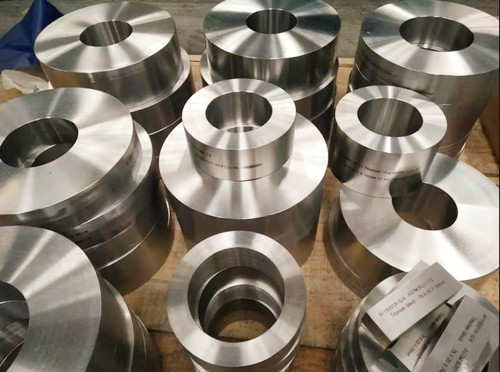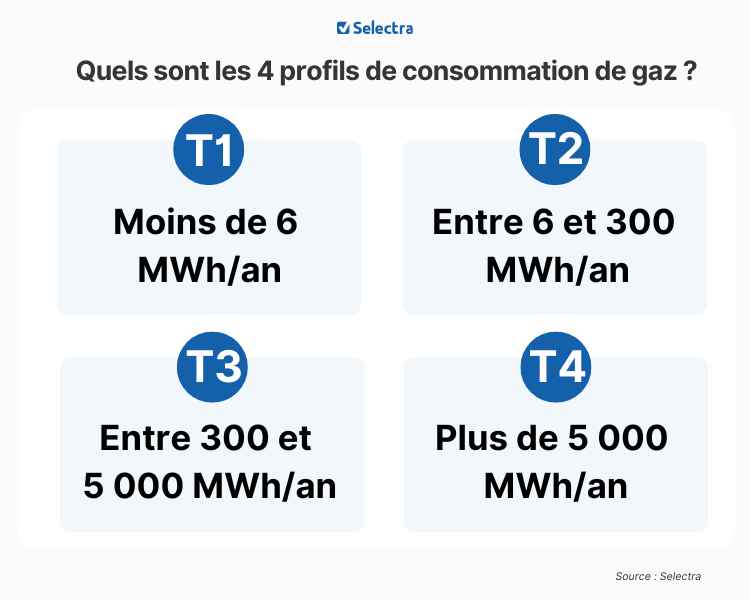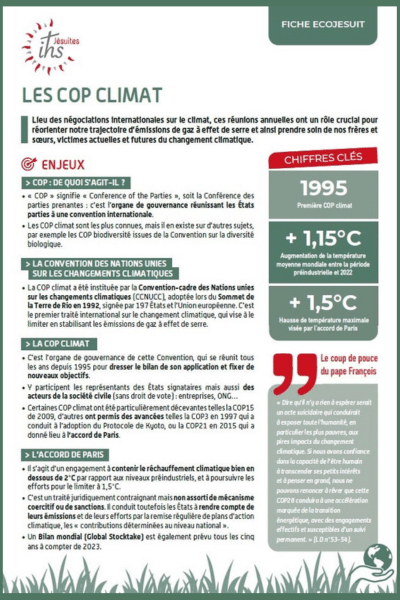In the field of advanced materials, superalloys stand out for their robustness and their ability to operate under extreme conditions. However, a recent scientific advancement has highlighted a specific vulnerability: the embrittlement by hydrogen of Inconel 718. This discovery offers a unique opportunity for innovation. By understanding how this phenomenon weakens the atomic structure of the alloys, researchers can develop solutions to enhance their resilience. This challenge thus becomes a driving force for discovering innovative methods, propelling superalloys into a new era of improved performance.
Superalloys like Inconel 718 are known for their resistance to extreme conditions, particularly in aerospace, energy, and marine industry. However, a recent scientific advancement has brought to light a crucial challenge: hydrogen embrittlement. This phenomenon, where hydrogen weakens the metal, causes fractures. Researchers are exploring how this superalloy absorbs hydrogen, especially in its additive manufacturing form, where dislocation cells become traps for hydrogen.
This microstructural understanding paves the way for strategies to enhance the resistance of Inconel 718 against hydrogen. These strategies include optimizing the microstructure and surface treatments, as well as adjusting the alloy composition. Such optimization is essential to improve the durability of hydrogen storage infrastructure, which is vital for promoting sustainable energy.

detection of vulnerabilities in superalloys
In the realm of superalloys, machining challenges are well known, primarily due to their exceptional resistance to high temperatures and corrosion. However, a deeper understanding of these materials reveals potential weaknesses, such as hydrogen embrittlement, which can compromise the material’s integrity. This knowledge is crucial for researchers, as it enables them to determine how to adjust compositions and microstructures of superalloys to make them more robust.
optimizing mechanical properties
Through techniques such as microstructure optimization, engineers can reduce the susceptibility of superalloys to phenomena such as hydrogen absorption. Additively manufactured variants often introduce dislocation cells that exacerbate this issue, but by adjusting manufacturing conditions, it is possible to achieve more homogeneous grain structures that minimize hydrogen absorption. This innovation helps maintain the mechanical integrity of superalloys, especially in hydrogen-rich environments.
influence of scientific and technological advancements
Recent scientific discoveries in the field of superalloys, particularly regarding their interaction with elements like hydrogen, have a significant impact on various industries. For example, the hydrogen fuel industry sees immense potential in more resilient materials that ensure the safety and efficiency of their storage systems. Innovations in the composition of superalloys can lead to more sustainable solutions, thus encouraging a broader adoption of hydrogen as a renewable energy source.
Articles similaires
Thank you!
We will contact you soon.














